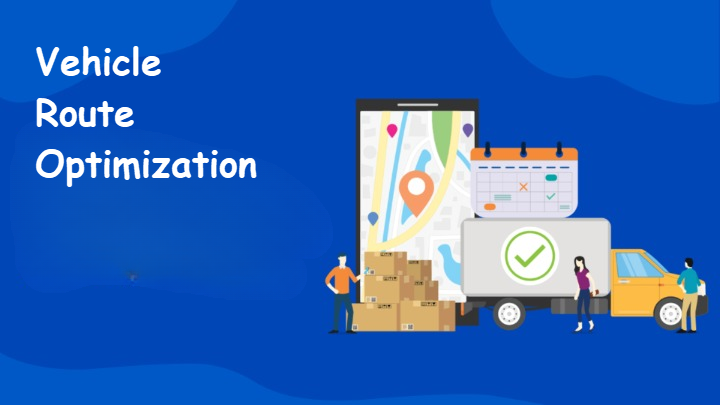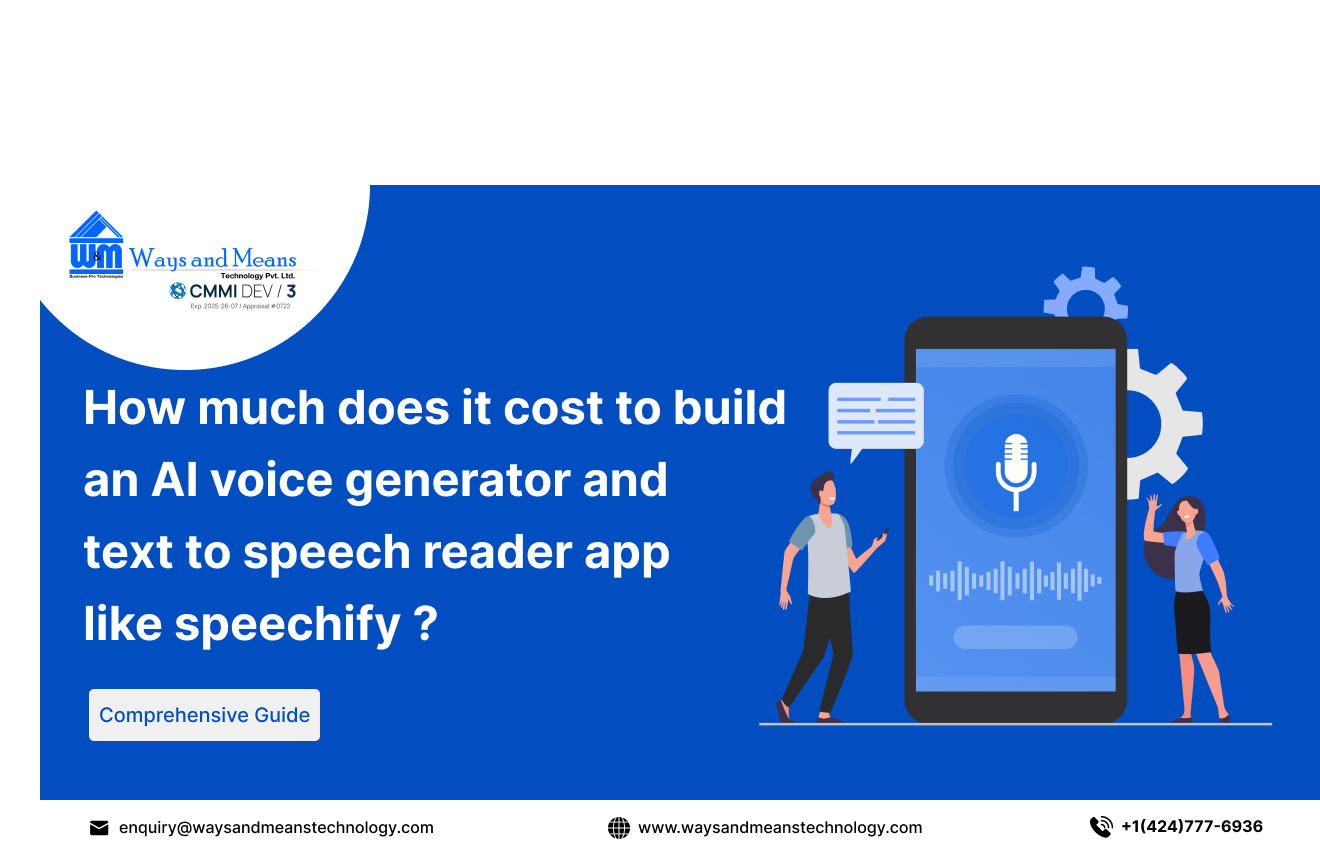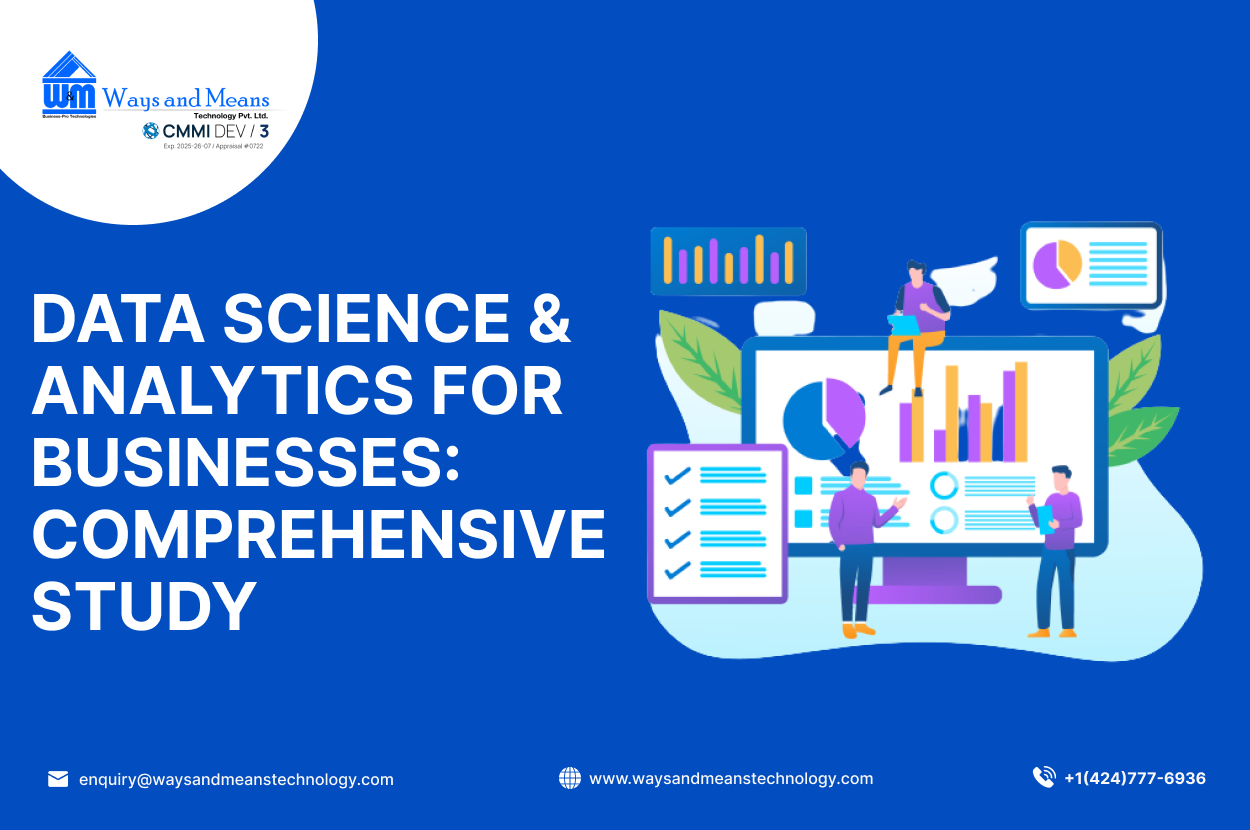The classic problem of vehicle route optimization is known as the Vehicle Routing Problem (VRP). The VRP is a mathematical optimization problem that aims to determine the most efficient routes for a fleet of vehicles to take in order to visit a set of customers or locations while minimizing the total distance or travel time. The VRP is considered a “hard” problem, meaning that it is computationally difficult to find an exact solution in a reasonable amount of time.
There are different variations of the VRP, each with its own set of constraints and objectives. Some examples include:
- The Capacitated VRP (CVRP): vehicles have a limited capacity and must not exceed it while delivering the goods.
- The Time Window VRP (TWVRP): customers have specific time windows during which they must be visited.
- The Multi-Depot VRP (MDVRP): multiple depots are available and the vehicles must return to their respective depots after visiting the customers.
- The Pickup and Delivery VRP (PDVRP): The vehicles have to pick up and deliver goods to the customers.
These are some of the classic problems of vehicle route optimization that are widely studied and researched. Companies and researchers are using various mathematical and computational techniques to solve these problems and provide efficient solutions.
There are several different methods that can be used to solve the VRP and its variations. Some of the most common methods include:
- Exact algorithms: These are methods that are guaranteed to find the optimal solution, but they can be computationally expensive and may not be practical for large-scale problems. Examples of exact algorithms include branch-and-cut and branch-and-price.
- Heuristic algorithms: These are methods that are designed to find good solutions quickly, but they are not guaranteed to find the optimal solution. Examples of heuristic algorithms include the Clarke-Wright savings algorithm, the Christofides algorithm, and the Ant Colony Optimization.
- Metaheuristics algorithms: These methods are a generalization of heuristics, they are a set of techniques that can be applied to different optimization problems, but not guaranteed to find the optimal solution. Examples of metaheuristics include simulated annealing, tabu search, and genetic algorithms.
- Machine Learning based algorithms: These methods are a combination of mathematical optimization and machine learning techniques, it allows to learn from historical data and provide a near-optimal solution.
Overall, the VRP and its variations are complex and challenging problems, and different approaches may be more suitable for different types of problems. Companies and researchers are continually developing new and improved methods for solving the VRP and its variations, in order to make it more efficient and effective.
Another approach to solving the VRP and its variations is through the use of real-time data and analytics. By incorporating real-time data such as traffic conditions, weather, and road closures, companies can more accurately predict the routes that vehicles should take and adjust them as needed. Additionally, advanced analytics can be used to analyze large amounts of data, such as delivery times and vehicle usage, to identify patterns and trends that can be used to improve future routes.
Another way to optimize the VRP is through integration with other systems. For example, companies can integrate their routing systems with GPS tracking systems to track the location and status of their vehicles in real-time. This allows them to respond quickly to any issues that may arise, such as traffic accidents or road closures, and make adjustments to the routes as needed.
Overall, the VRP is a complex and challenging problem, and different approaches may be more suitable for different types of problems. Companies and researchers are continually developing new and improved methods for solving the VRP and its variations, in order to make it more efficient and effective. By using a combination of mathematical optimization, machine learning, real-time data and analytics, and integration with other systems, companies can improve their routing operations and provide more efficient and cost-effective services to their customers.
Using AI to solve problem of route optimization
Artificial Intelligence can be used to solve the problem of vehicle route optimization. There are several ways in which AI can be applied to the VRP:
- Machine learning algorithms can be used to learn from historical data and identify patterns and trends that can be used to improve future routes.
- Predictive modeling can be used to forecast traffic conditions and other variables that can affect routes, allowing companies to make more accurate predictions and take proactive measures to avoid delays.
- Optimization algorithms can be used to find the most efficient routes based on the constraints and objectives of the problem, such as vehicle capacity and delivery time windows.
- Reinforcement learning can be used to train the agent to make decisions based on the real-time data and the feedback from the environment.
AI-based solutions for the VRP can also be used to incorporate real-time data and analytics, such as traffic conditions and road closures, to adjust routes as needed. Additionally, AI-based systems can be integrated with other systems, such as GPS tracking, to track the location and status of vehicles in real-time and make adjustments to routes as needed.
However, it’s worth mentioning that solving VRP is still a challenging problem even with the use of AI, and finding the optimal solution can be computationally expensive and time-consuming. But, with the advancements in AI and optimization techniques, companies are able to provide near-optimal solutions in real-time.
Another way AI can be used to solve the VRP is through the use of self-learning and adaptive systems. These systems are able to learn and adapt to changes in the environment and adjust routes accordingly. For example, a self-learning system could learn from past experiences and adjust its routes based on the most efficient routes it has taken in the past. This can help to improve the overall efficiency of the routing system over time.
AI-based solutions can also be used to handle complex constraints and objectives that are difficult to model using traditional optimization methods. For example, incorporating real-time data such as traffic conditions, weather, and road closures can make the routing problem more dynamic and difficult to solve. AI-based systems can handle these dynamic constraints and objectives, and can provide better solutions than traditional methods.
In conclusion, AI can be used to solve the problem of vehicle route optimization in various ways. By using machine learning, predictive modeling, optimization algorithms, and self-learning systems, companies can improve the efficiency of their routing operations and provide more efficient and cost-effective services to their customers. However, the VRP is still a complex and challenging problem and finding the optimal solution can be computationally expensive and time-consuming. Companies should evaluate the trade-offs between optimality and real-time implementation when choosing the suitable AI-based solution for their VRP problem.
What are different Use Cases that are in need of Route Optimization Systems?

Route optimization systems can be used in a variety of industries and applications. Here are a few examples of use cases for route optimization systems:
- Delivery and Logistics: Delivery companies can use route optimization systems to plan the most efficient routes for their delivery trucks, taking into account factors such as traffic conditions, road closures, and delivery time windows. This can lead to shorter delivery times, cost savings, and increased customer satisfaction.
- Public Transportation: Cities and municipalities can use route optimization systems to plan the most efficient routes for buses and other public transportation vehicles. This can lead to shorter wait times for passengers, increased ridership, and reduced carbon emissions.
- Fleet Management: Companies that operate large fleets of vehicles, such as taxi or ride-sharing companies, can use route optimization systems to plan the most efficient routes for their vehicles. This can lead to cost savings and increased productivity for the company.
- Field Service: Companies that provide field services, such as repair or maintenance services, can use route optimization systems to plan the most efficient routes for their technicians, taking into account factors such as service requests, technician availability, and real-time traffic conditions.
- Emergency Services: Emergency services such as ambulances and fire trucks can use route optimization systems to plan the most efficient routes, taking into account real-time traffic conditions, road closures and emergency incidents, this can help to save time and lives.
- Last-Mile Delivery: Online retailers and e-commerce companies can use route optimization systems to plan the most efficient routes for last-mile deliveries, taking into account factors such as delivery time windows, traffic conditions, and delivery address.
These are just a few examples of how route optimization systems can be used in different industries. The key benefit of these systems is to plan the most efficient routes while minimizing the costs and maximizing the efficiency.
What are features of a route optimization system?

A route optimization system typically includes the following features:
- Route Planning: The ability to plan routes for a fleet of vehicles, taking into account factors such as customer locations, delivery time windows, vehicle capacity, and road closures.
- Real-time Data Integration: The ability to incorporate real-time data such as traffic conditions, weather, and road closures to adjust routes as needed.
- Optimization Algorithms: The use of mathematical optimization algorithms to find the most efficient routes based on the constraints and objectives of the problem.
- Fleet Management: The ability to track the location and status of vehicles in real-time and make adjustments to routes as needed.
- Analytics and Reporting: The ability to generate reports and analyze data to identify patterns and trends that can be used to improve future routes.
- Multi-Depot and Multi-Vehicle support: The system should be able to support multiple depots and vehicles, allowing for more flexible route planning.
- Time Window support: The system should be able to support time windows, taking into account the delivery time slots for each customer.
- Integrations: The system should be able to integrate with other systems, such as GPS tracking and customer management systems, to provide a more comprehensive view of the routing operations.
- User-friendly interface: The system should be easy to use and understand, providing a user-friendly interface to manage the routing operations.
- scalability: The system should be able to handle large-scale operations and should be scalable to handle increasing demand.
These are some of the key features of a route optimization system, however, different systems may have different features depending on their target market and focus. Choosing a system that meets your specific needs is important to ensure that it can help impr ove the efficiency of your routing operations.
We at Ways and Means Technology has solved this problem for several companies using our expert team for logistic companies. We would love to give free consultation about it to your business.





